Formed following the privatisation of Irish Sugar in 1991, Greencore used the cash-cow sugar business to diversify into the UK convenience food sector in 2001.
Five years later, it had exited the sugar and agribusiness sector entirely, taking advantage of the EU sugar restructuring scheme and receiving €127m in compensation.
That was 2006.
A decade on and Greencore has transformed into the UK’s largest sandwich manufacturer. Buy a sandwich in the UK today and there is a good chance it was made in a Greencore factory, given that it has a 60% share of the UK market.
A key game changer was the acquisition of Uniq (formerly the dairy and foods business Unigate), which took Greencore’s market share at the time from about 20% to 35%. Since then, it grew organically and last year it bought The Sandwich Factory from Cranswick, which added another 5% share.
Who would have thought something as simple as a sandwich could build into a business worth €1.9bn today? The overall sandwich market in the UK grew by 7% to around £8bn last year.
The grocery channel, of which Greencore has a 60% share, had sales of about £2bn.
Greencore is actively trying to grow the grocery channel as a share of the overall market.
It is working with customers such as M&S by investing with them in online and delivery.
In parallel, Greencore has been building a convenience food business in the US. Greencore first entered the US market in 2008 when it acquired Home Made Brand Foods for $44m.
Greencore set out with ambitious plans for the US, eyeing a target to double the business every year. But like many companies entering the US market, performance of the group’s first acquisition was not as expected. It had challenges around channel focus and asset quality.
But this did not deter management and, as Greencore chief executive Patrick Coveney explains, the view was that prepared food-to-go manufacturing in the US was a high-growth market worth chasing.
Between 2010 and 2013, it bolted on a series of smaller acquisitions, bringing the total investment to approximately $110m. By 2014, after acquiring two key customers that provided the necessary momentum and confidence to deepen its presence in the US, it moved to expand capacity by almost 70%, adding a further investment of $100m.
This included greenfield expansion at Rhode Island and capacity expansion at its existing facilities, which delivered a change in direction. Greencore moved into frozen manufacturing for the first time, complementing its existing fresh food-to-go manufacturing capacities.
Last year, Greencore grew revenues by 11% to almost £1.5bn and profits (operating) by a similar 11% to £102m.
Margins also expanded to just shy of 7%. But after eight years in the US market, it accounted for only 15% of sales last year. But all that looks set to change.
When Greencore’s chief executive Patrick Coveney worked in the US for McKinsey in 1999 to 2000, he remembers the view was that fresh prepared food was going to be the next big phenomenon there.
I am still hearing that today, almost 20 years later.
He concedes the US has been “a difficult market to crack”.
Up to now, Coveney says the US strategy has been to focus on sandwiches and food-to-go products, similar to the UK. However, there was one key difference. In the UK, it sold to retailers under own-label brands such as M&S, Asda, Sainsbury’s and Morrisons, whereas in the US, it focused on selling to coffee shops such as Starbucks and convenience stores such as 7-Eleven.
He says that just because it’s an English-speaking market, it doesn’t mean there is a lot of cultural overlap.
For example, he says in the UK about 50% of food is sold under own-label, but it is significantly less in the US.
“A further challenge is persuading Americans, who have a strong deli culture, to buy pre-made sandwiches,” according to Coveney, adding that “US consumers eat more hot sandwiches, so a lot of what we make is actually frozen, whereas in the UK frozen might be seen as more downmarket and less healthy.”
He explains that this is largely down to US consumers typically having bigger storage space at home, less frequent shopping trips and longer supply chains due to the geographic distance.
He also adds “the negative perceptions around frozen mean that the outlier is not the US but the UK”.

Typically, the shelf life for the products Greencore manufactures or assembles, such as sandwiches, salads and sushi, is between two and three days. He says that fresh food supply chains work much better in concentrated geographies.
He explains: “In the UK, a single facility can manufacture a fresh sandwich and ship to any customer store overnight. To do the same in the US would need at least 25 or more facilities.”
The migration of consumer trends between the two geographies both ways is very slow according to Coveney.
Therefore, over the past eight years, Greencore has learned the differences in terms of how grocery chains, grocery stores and grocery supply chains operate and observed the differences in consumer food preferences and purchase shopping behaviour.
He says it was a combination of those factors which led Greencore to buy Peacock Foods for $747m last November, a deal that will quadruple its sales in the US.
He says: “We’ve had a vision to build a growing, large-scale convenience food business in America to complement our strong business in the UK. Peacock is a really good fit against that strategy.” Peacock manufactures frozen sandwiches, snack meals and salads. In contrast to its retail customers in the UK, Peacock’s principal customers are large consumer-packaged goods (CPG) brand owners, such as Kraft Heinz, Dole, and Tyson Foods.
Car assembly
The Peacock acquisition gives Greencore 14 US manufacturing sites. He says: “Once a factory, which is akin to a well-invested hospital in food safety terms, is built, this is a capital-light assembly business.” But while it might be capital-light, it is labour-intensive. Inclusive of Peacock, Greencore now has close to 18,000 employees.
And with labour right at the top of the political agenda both in the UK and US, it won’t make Coveney’s job any easier. After all “our business does better when economies do better and when people are spending money,” he says.
Much of the food industry depends on immigrants, whether this is in meat-packing halls or farms. Coveney believes it would be impossible for the food industry to operate from primary agriculture, manufacturing, assembly, distribution, retailing and food service without immigrants.
He believes pressure on wages will affect retailers, convenience stores and food service outlets much more than it will affect Greencore.
Peacock internationalises Greencore, moving the US on to an equal footing with the UK in terms of revenues.
He believes that the US business will surpass the UK business in the next year.
“We bought a business that was both growing strongly (15% in 2015) and had a pipeline of growth locked in. The trend where big brand owners will outsource more manufacturing will continue. The brands own the innovation, the customer relationships and the shelf space, but not the manufacturing. That’s the core of the Peacock capability.
Brexit
Greencore buys about £700m of raw material and packaging in the UK. Of that, up to £150m comes from Irish businesses (located in the UK and Ireland). About 50% of the cost of goods is raw materials, 20% is direct labour, 20% is indirect labour and overheads, leaving just under 10% as an operating margin.
He says Brexit brings inflation and it is forecasting a 3% to 5% inflation in raw material and packaging costs this year, driven by the exchange rate. But he believes Greencore will be relatively advantaged by inflation. He says all of Greencore’s manufacturing is located in market: “100% of the product Greencore sells in the UK is made in the UK and around 80% of the ingredients it uses are sourced in the UK.”
He adds “Exporting isn’t a feature of Greencore. The short shelf life of Greencore’s products dictates proximity to where the product is consumed.” He explains you cannot manufacture a fresh sandwich in France or Holland and ship to the UK.
He says that if you look at how the Irish food industry has internationalised, while there are some exceptions, they haven’t done it on the back of central manufacturing hubs that ship everywhere. “The strategy of the other large food plcs such as Kerry Group, Glanbia and Aryzta has been to locate in markets, manufacture locally and sell locally,” says Coveney. He believes with Brexit, if Irish companies want to be in the UK market they might have to look at manufacturing in the UK.
Traceability
He says that since the horsemeat scandal, retailers have become very involved in ingredient sourcing. “If you take beef, for example each retail customer is aligned to a different beef processor. Therefore, a Greencore lasagne will draw on the beef processor reflective of those relationships.”
Our food heritage
“Ireland still has a strong emotional connection to farming that distinguishes us from many other countries.” He believes this actually matters internationally because we have a feel for the food supply chain and a passion for it that is relevant all around the world.
Trump
“The set of policies that will be rolled out are likely to be more pro-business than many think. Investments in infrastructure and increased economic activity would be good for business. But we will need to have access to people.”




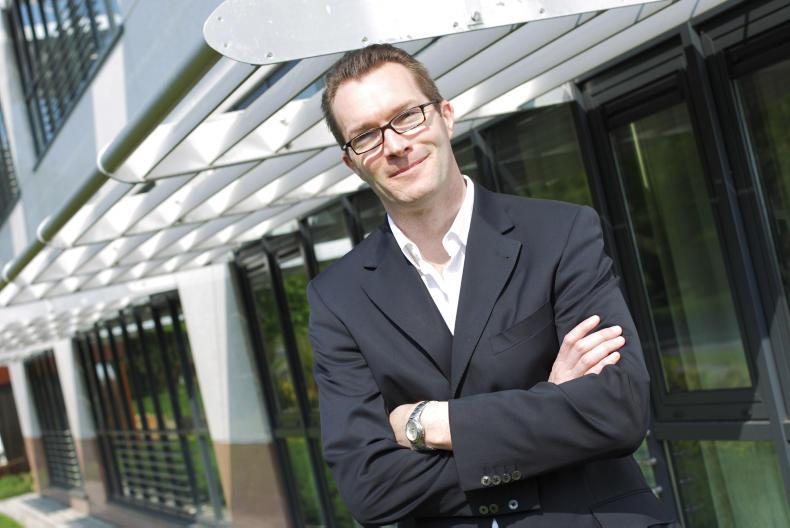
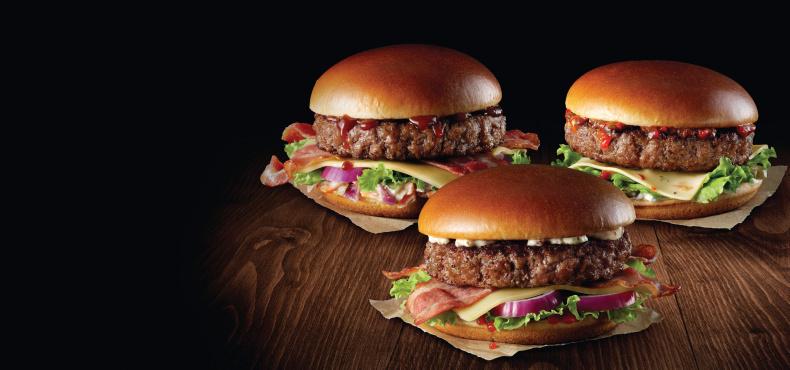

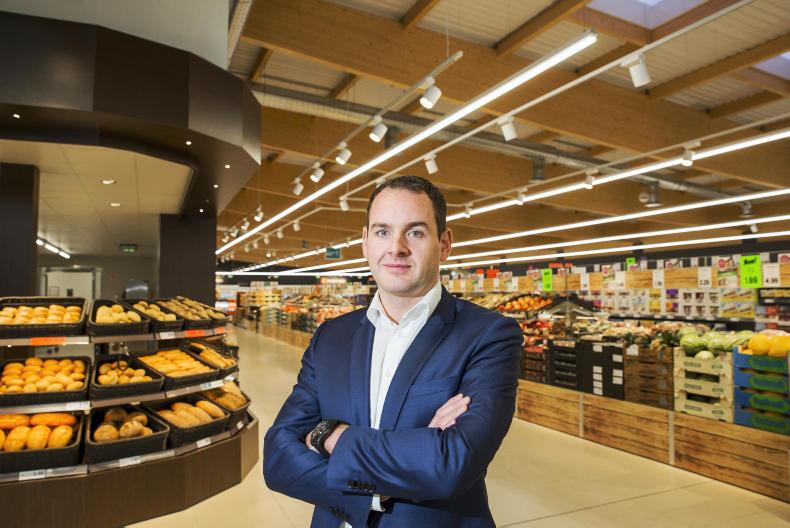
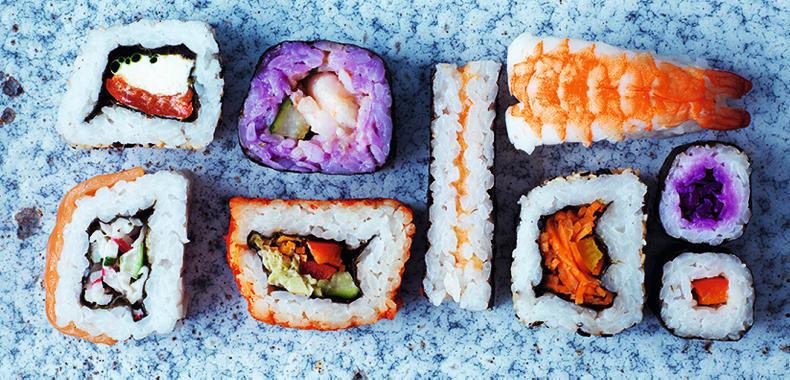
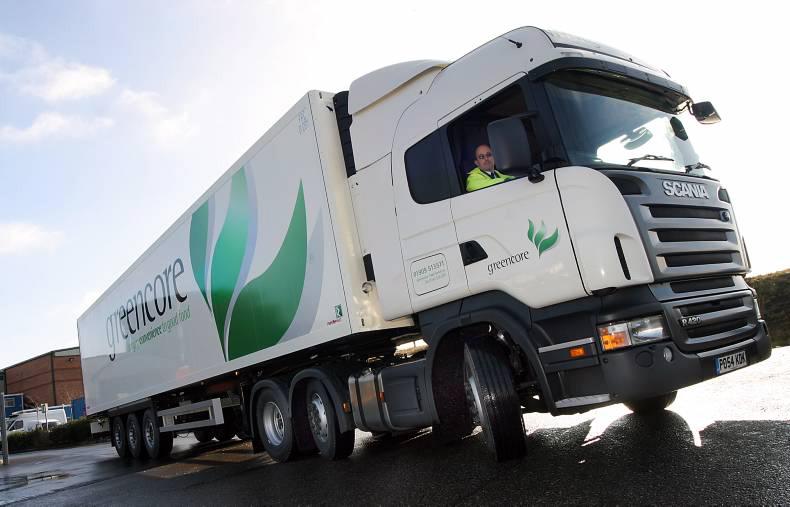
SHARING OPTIONS